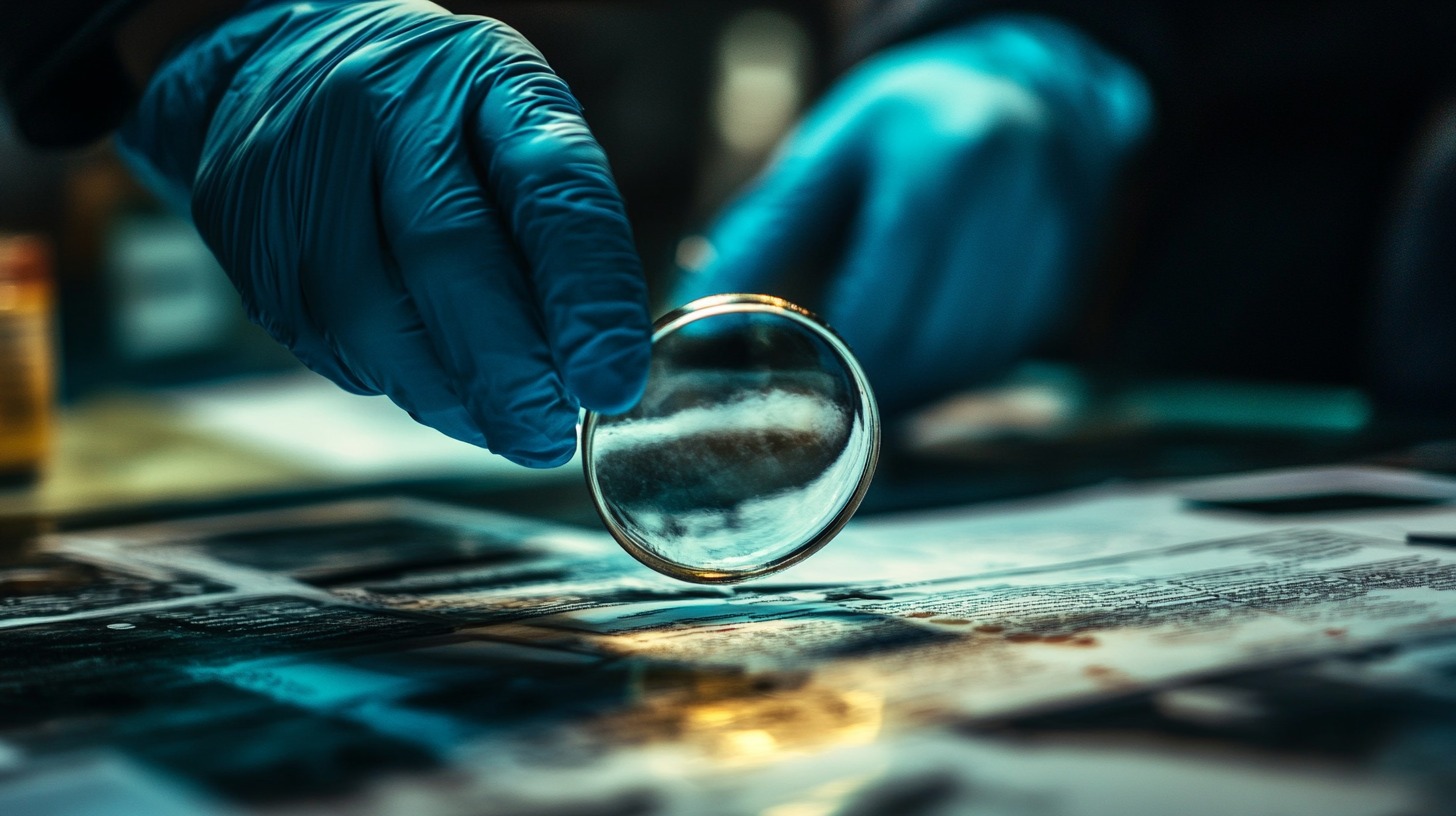Forensic evidence refers to scientific information collected and analyzed for use in criminal and civil legal proceedings. It encompasses a wide range of disciplines, including biology, chemistry, digital analysis, and psychological profiling, all of which play a central role in helping courts establish facts.
Modern legal systems depend heavily on forensic inputs due to the objectivity and precision they offer. Courts rely on them to corroborate witness testimony, reconstruct events, and identify perpetrators with high accuracy. The integration of science into legal procedures helps reduce errors and ensures that justice is rooted in verifiable facts.
In India, forensic science has undergone significant transformation. Institutions such as the Central Forensic Science Laboratory (CFSL) and state-level labs play an increasingly influential role in supporting investigations.
Types of Forensic Evidence in Indian Courts
Forensic evidence in Indian courts falls into several categories, each contributing differently to the investigative and adjudicative process. Science-backed approaches are increasingly vital in securing convictions, exonerating the innocent, and ensuring legal integrity.
Biological/Medical Forensics
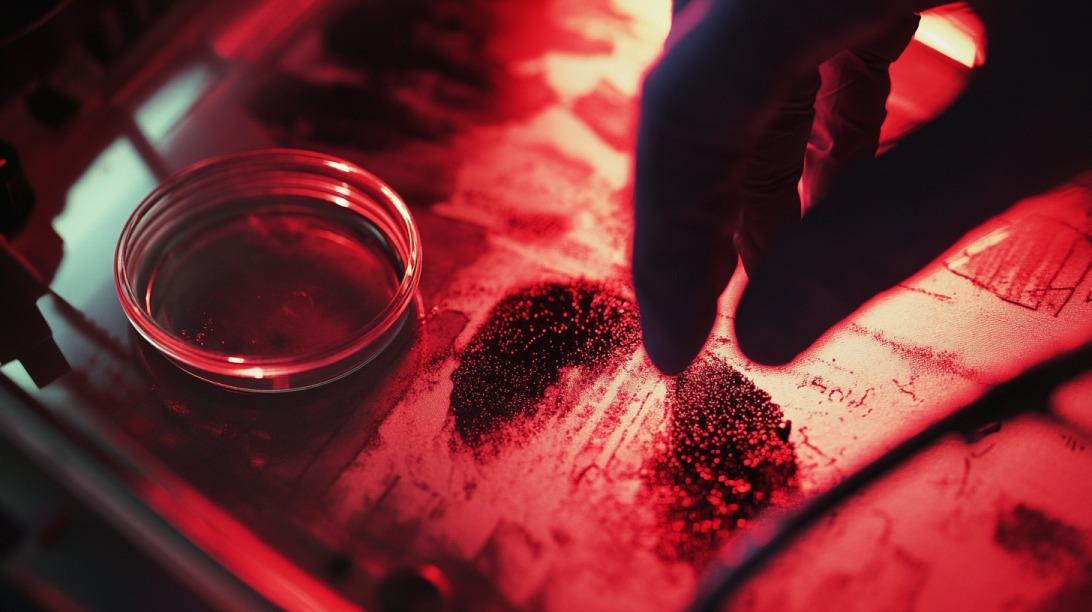
Biological evidence often holds decisive weight in criminal trials. DNA profiling, for example, helps establish a person’s presence at a crime scene or confirm biological relationships. Courts have relied heavily on DNA tests to validate claims in paternity disputes and serious crimes such as rape and murder.
Blood typing and serological analysis further support investigations by matching bodily fluids to suspects. Such analyses are essential in violent crime cases, particularly when multiple individuals are involved.
Postmortem reports provide crucial insights into the cause and time of death. Medical examiners document injuries, internal damage, and other vital clues, aiding investigators and prosecutors alike.
Medico-Legal Certificates (MLCs) are prepared by authorized medical practitioners and often submitted as evidence in cases involving assault, accidents, or sexual offenses. These certificates outline the nature of injuries and medical opinions that influence judicial decisions.
Physical and Chemical Evidence
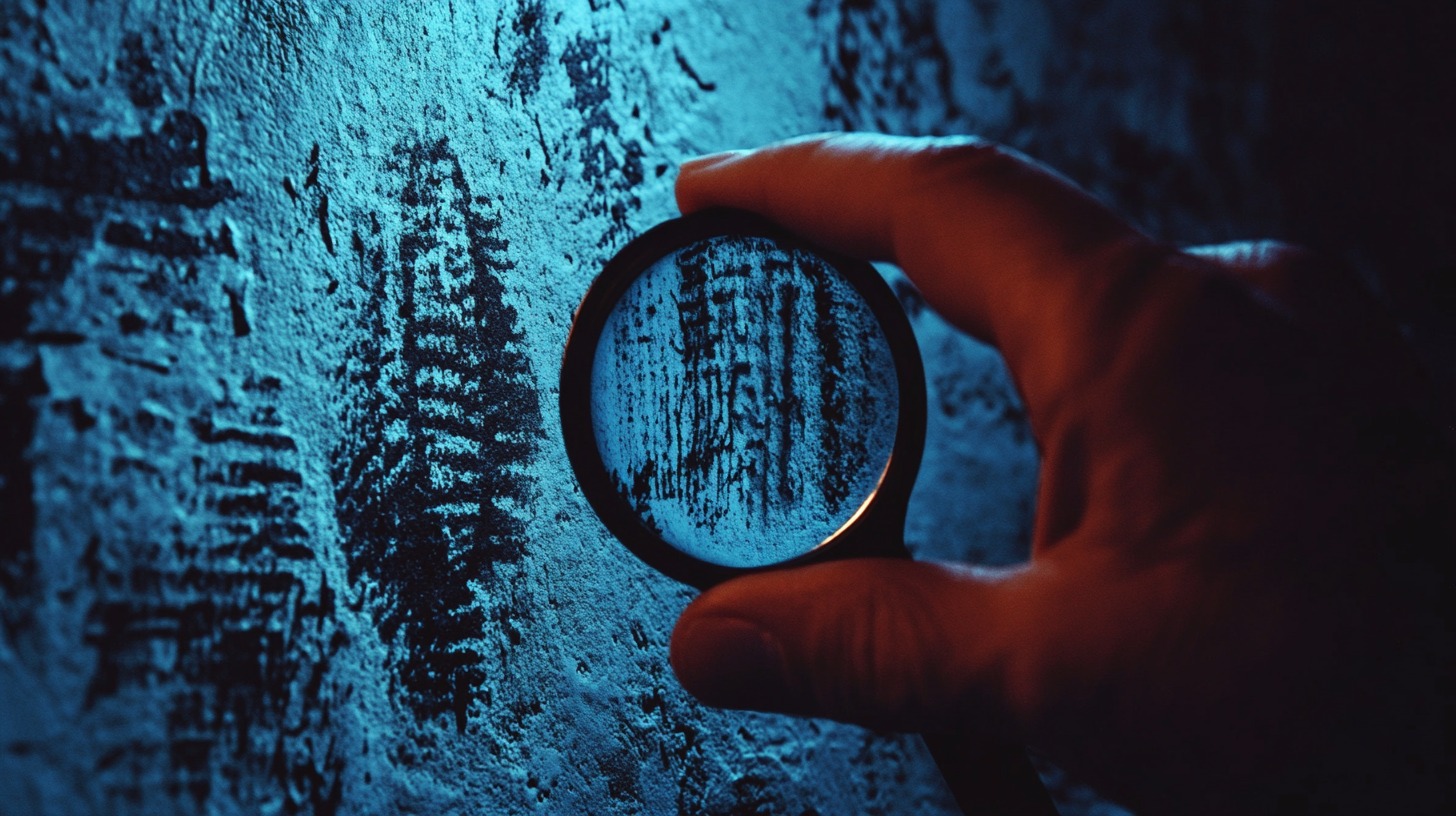
Fingerprint analysis remains a cornerstone of criminal investigations. India’s Automated Fingerprint Identification System (AFIS) enables matching prints found at crime scenes with national databases.
Trace materials, such as fibers, paint, or glass, help reconstruct events or link individuals to crime scenes. These minute fragments are analyzed using advanced techniques like spectroscopy and microscopy.
Ballistic analysis assists in cases involving firearms. Experts examine bullet trajectories, gunpowder residues, and firearm characteristics to match bullets to weapons and reconstruct shooting incidents.
Digital Forensics
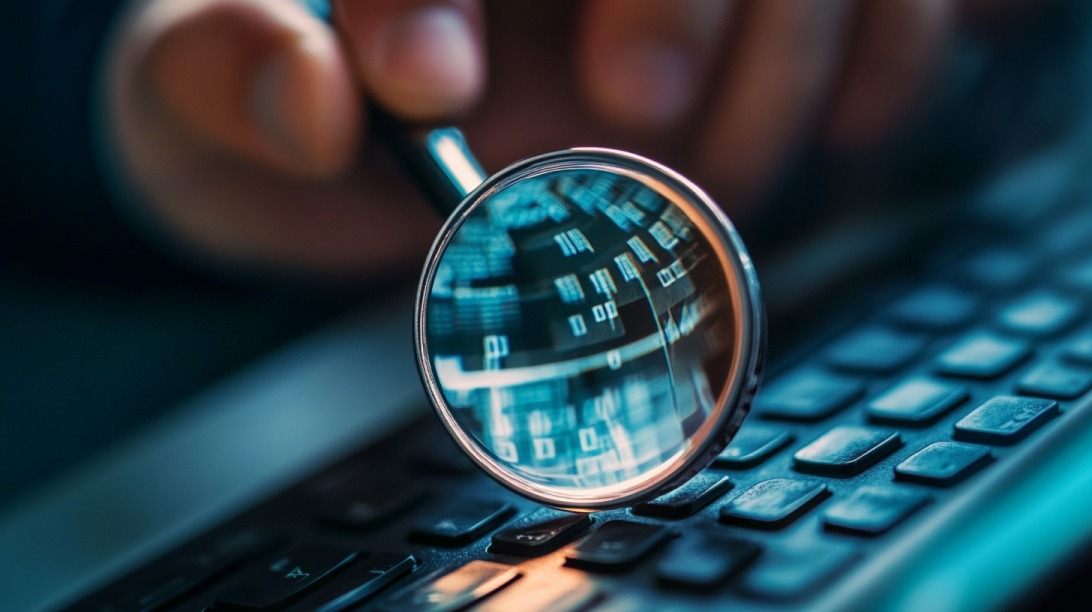
Digital evidence has become increasingly significant, especially with the rise of cybercrime. Investigators recover deleted files, trace digital footprints, and monitor suspicious activity across devices and platforms.
Data recovery techniques enable specialists to extract hidden or lost information, often critical in fraud, hacking, or data breach cases. The integrity of this data is maintained through a strict chain of custody.
Chain of custody for digital data ensures that evidence is untampered and authentic. Each handler of the evidence must document their role and actions, maintaining admissibility in court.
Psychological and Behavioral Forensics
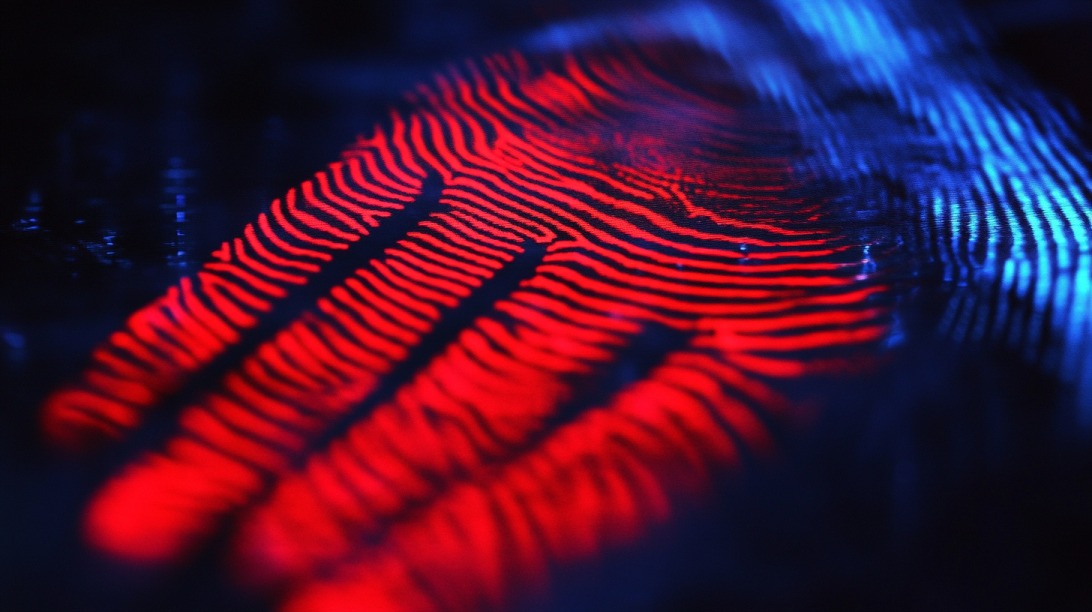
Criminal profiling provides behavioral insights into suspects, assisting police in narrowing down search parameters. Psychological analysis can suggest possible motives or patterns of criminal conduct.
Techniques like lie detection, narcoanalysis, and brain mapping are occasionally employed, albeit with legal and ethical limitations. In Selvi v. State of Karnataka, the Supreme Court ruled that involuntary administration of these techniques violates fundamental rights and cannot be used without consent.
Legal Framework Governing Admissibility
Forensic evidence gains its legal footing through structured statutory frameworks.
Under Indian Evidence Act, 1872
Section 3 of the Indian Evidence Act defines the term “evidence” to include both oral statements and documents, which now encompass electronic records. The foundational section sets the stage for evaluating what may be presented in court.
Section 45 allows courts to consider expert opinions when the subject matter requires specialized knowledge in science, art, or foreign law. This provision is pivotal in admitting forensic reports, opinions of medical experts, ballistic findings, and digital analysis.
Experts are not considered direct witnesses to facts but their opinions help judges form conclusions.
- Oral evidence, based on witness testimony
- Documentary evidence, including written records and certificates
- Electronic evidence, covering digital records, emails, and surveillance data
Judicial interpretation has clarified the scope and limitations of these categories. In Jai Lal v. Delhi Administration, the Supreme Court emphasized that expert opinion must be backed by reliable methodology and not merely speculative conclusions.
Under Bharatiya Sakshya Adhiniyam, 2023 (BSA)
View this post on Instagram
BSA introduces updates suited to a digital and fast-paced legal environment. Section 3 again centers on relevancy but with clearer articulation of admissibility conditions tailored to modern evidence types.
Electronic records receive expanded recognition. For example, WhatsApp messages, email trails, GPS data, and metadata are now more formally accepted under the law. Provisions on dying declarations also reflect contemporary judicial attitudes, allowing audio or video-recorded statements when appropriately verified.
Sections 4, 15–26, and 45–50 collectively support the framework for handling expert evidence, electronic records, and procedures for verification and authentication. These provisions aim to enhance transparency and reduce ambiguity in how courts weigh forensic submissions.
Together, both legal instruments establish the necessary balance between procedural safeguards and scientific precision. Judges remain gatekeepers of admissibility, relying on statutory guidelines and precedent to ensure fairness.
Criteria for Relevance and Admissibility
Courts rely on structured criteria to determine if forensic evidence can influence the outcome of a case.
Not all scientific data automatically qualifies as admissible—only that which meets legal thresholds and procedural standards is permitted during trial.
| Criteria | Purpose | Example | Impact on Admissibility |
|---|---|---|---|
| Relevance to Facts in Issue | To ensure evidence directly relates to key legal questions. | DNA linking a suspect to a crime scene when presence is a core issue. | Admitted only if it logically supports or refutes guilt, innocence, or liability. |
| Compliance with Legal and Procedural Standards | To verify evidence is collected and processed lawfully. | Collection by authorized personnel with proper documentation under CrPC and Indian Evidence Act. | Non-compliance can result in exclusion, regardless of evidentiary value. |
| Chain of Custody | To preserve integrity of evidence through clear tracking. | Tracking digital evidence across all handlers with signed records. | Breaks in chain can lead to questions on authenticity and potential rejection. |
| Scientific Reliability and Peer Validation | To ensure methods are scientifically sound and broadly accepted. | Use of DNA profiling techniques validated by global forensic standards. | Unreliable or non-peer-reviewed methods may be dismissed by the court. |
| Judicial Discretion | To allow judges to prevent prejudice or confusion during trials. | Exclusion of graphic forensic images that may bias the jury, even if relevant. | Court may disallow evidence if prejudicial impact outweighs probative value. |
The Bottom Line
Forensic evidence continues to reshape the Indian judicial system by introducing scientific precision into fact-finding processes.
Its role in cases involving violence, sexual offenses, economic fraud, and cybercrime has demonstrated its capacity to reinforce legal outcomes with objectivity.
Legal frameworks under the Indian Evidence Act and Bharatiya Sakshya Adhiniyam provide a comprehensive base for handling expert testimony and digital data.
Courts have developed nuanced interpretations, ensuring that relevance, reliability, and procedural fairness are upheld.

